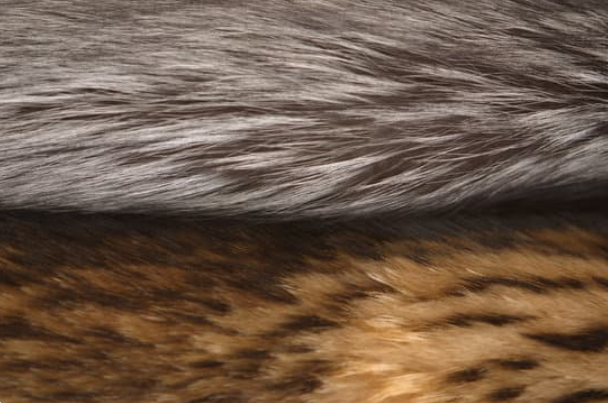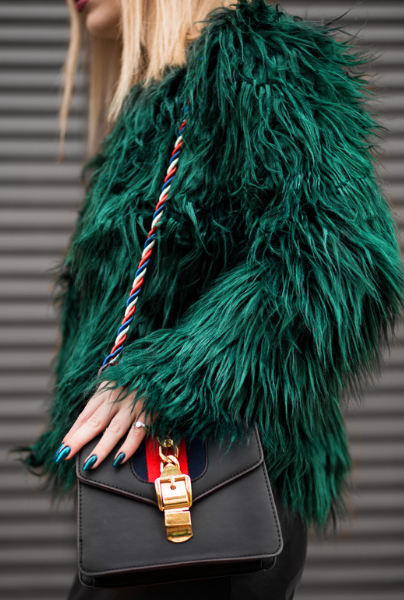Fur as fashion has an interesting history dating back 170,000 years. If you own a fur, are looking to purchase a fur, or you hate the idea of wearing fur, here I’ve put together a little fur guide to help you understand why fur is a fashion trend that just doesn’t quit. I hope this also serves to encourage an appreciation of the history of fur in fashion.
Early human hunters, who donned fur to keep warm, believed that fur contained a bit of the spirit of the animal from which it came. In wearing the fur, it was believed there was a connection established. This connection served to honor the animal.
Over time, fur evolved from a spiritual protective garment into a garment of fashion. Fur as a statement of wealth emerged in the 11th century, worn primarily by European royalty. By the 1300s, laws regulated which social classes were to wear which types of furs, making furs an easy-to-detect status symbol.
During the Victorian era, fur grew in popularity. Commonly used to line coats, or decorate sleeves and collars, fur became more easily manufactured and purchased. By the 20th century the popularity of fur began to skyrocket. Technology enabled furs to be produced at a much quicker rate. Designers began to incorporate fur into more designs and fur grew more and more desirable.
It was in the 1960s that faux fur emerged and enabled anyone to have the expensive look associated with fur, for a fraction of the cost. I

Today there is somewhat of a controversy as to the ethicacy of fur, and rightfully so. While the first wearers of fur wore it in order to honor the animal, the sentiment was lost over the years, and replaced with a desire to look expensive.
I don’t encourage anyone to buy fur today. While it can be beautiful and warm, there is no question that it is a cruel practice. However if you love the aesthetic of fur, and you appreciate the history of this fashion trend, there are lots of ways to get your hands on a fur garment, without further promoting the practice of farming animals for their pelts.
Because fur has historically been an expensive symbol of wealth, many furs have been lucky enough to make it through the years in like-new condition. You can find high-quality fur garments if you are willing to spend the time to look. Spend time browsing vintage and antique shops and you’re bound to find a piece that is to your liking.
If you are on the hunt for a fur, or you already have one, it’s important to properly care for the garment. Because it was formerly the pelt of an animal, the condition can easily deteriorate over time, lessinging the value and the quality. To elongate the life of the garment, and enhance the value, proper cleaning and storage is important.
Furs should be stored in a dry cool location.Ideally you want to store your fur in a place where there is no direct sunlight. You want to hang your fur on a shoulder-shaped hanger to preserve the shape. Never store your fur in a plastic garment bag, instead opt for cotton to protect the garment while still allowing it to breathe. The cotton will protect from dust that can dry out the oils in the fur. Your fur should have a slight oiliness when you touch. If your fur is very dry it can become brittle and break. If your garment is dry, dirty, or damaged take it to professional to have it oiled, cleaned, or repaired.

As a lover of fashion, part of wearing a piece is knowing and understanding the history of it. Like fur, most fashion trends have a past that makes them even more interesting. By understanding the history of a style, you begin to develop and appreciation and a more creative approach to wearing that look today.
Whether you own a fur, or are looking to add one to your wardrobe, I encourage you to embrace the mentality of history’s first fur wearers. By appreciating the animal from which the fur was made, and developing that spiritual connection that early hunters had, your fur garment becomes more than just a fashion statement or status symbol. Instead you are wearing a story. It’s more than just fashion: it’s art, it’s a conversation, it’s history!
I’d love to hear more about your feelings on fur! Do you own any fur pieces, or faux fur styles? Comment below!